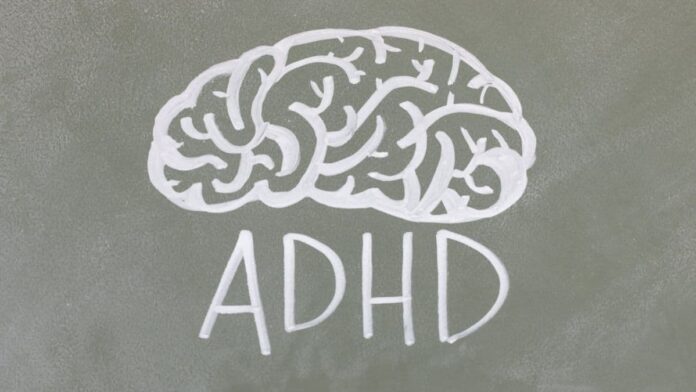People living with ADHD may experience social censure for finding certain tasks tricky, but neuroscientists at the Department of Human Genetics from the Radboud University Medical Center in the Netherlands say that they can’t help it, it’s just they way they are built. Adding weight to the hypothesis that ADHD is caused by delayed brain maturation, the ENIGMA researchers discovered that people with ADHD have smaller brains on average than neurotypical individuals.
ENIGMA
Members of ENIGMA worldwide consortium group have been data sharing and collaborating since 2013 on a massive project to unlock the mysteries of the human brain. A working group of top brain scientists based across the Americas, Asia, Europe and Africa are hard at work combining fMRI imaging, genetics, neuroscience and psychiatry to uncover the neurodevelopmental causes that underlie a host of brain conditions.
Dr Martine Hoogman and his colleagues at Radbaud and the ENIGMA consortium pooled their resources to investigate how the brains of ADHD patients differ from those of neurotypical people. A meta-analysis pooled individual brain imaging data found that participants with attention deficit hyperactivity disorder (ADHD) from 23 sites in North and South America, Europe and China had smaller amygdala, accumbens, and hippocampus volumes compared to healthy controls.
Previously, meta-analyses of clinical data revealed reduced volumes of basal ganglia, caudate, cerebellum, front and temporal gray matter in patients with ADHD with a strong correlation between ADHD symptoms and volumetric brain measures. However, covariates such as age and medication were limitations in these meta-analyses. Therefore, the ENIGMA ADHD Working Group aggregated structural MRI data from participants with ADHD and healthy controls across 60 years of the lifespan.
The researchers acquired structural T1 weighted brain magnetic resonance imaging (MRI) data. These scans were from subcortical brain regions as theories surrounding neurodevelopment consistently report abnormalities in these subcortical volumes in ADHD. Data from 1713 patients with ADHD and 1529 healthy controls revealed that patients with ADHD had smaller volumes for the accumbens, amygdala, caudate, hippocampus, putamen and intra-cranial volume, with effect sizes being higher in children, where the prevalence of ADHD is 5.3%.
Small Differences
Compared to previous studies where other brain structures were identified as being smaller in ADHD, Hoogman and colleagues found that the amygdala, accumbens and hippocampus volumes were newly identified as being smaller in ADHD patients. The effect of reduced brain volumes in patients is mostly exerted on emotional regulation, motivation, and memory. These results suggest that ADHD is a disorder of the brain, particularly a delayed maturation of the brain and are not influenced by comorbid disorders and medication.
The study comes with several caveats – mostly related to the observations made with regard to the effect of age, particularly when the sample size for various age groups was too small to rule out site biases. Nevertheless, this is the first study of its kind that examined patients with ADHD in a meta-analysis and found clinically relevant findings that provide hypotheses for basic research into the implications of smaller brain volumes on neural stem cells, synapse formation, brain function and brain phenotypes. The important question now is whether therapeutic modulation is possible and how, if ever, is ADHD modified by the second brain in our bodies, the microbiome.
Written by: Joseph M. Anthony, PhD
Hoogman M, Bralten J., Hibar DP, et al. Subcortical brain volume differences of participants with ADHD across the lifespan: an ENIGMA collaboration. Lancet Psychiatry. 2017;4(4):310–319. doi:10.1016/S2215-0366(17)30049-4


